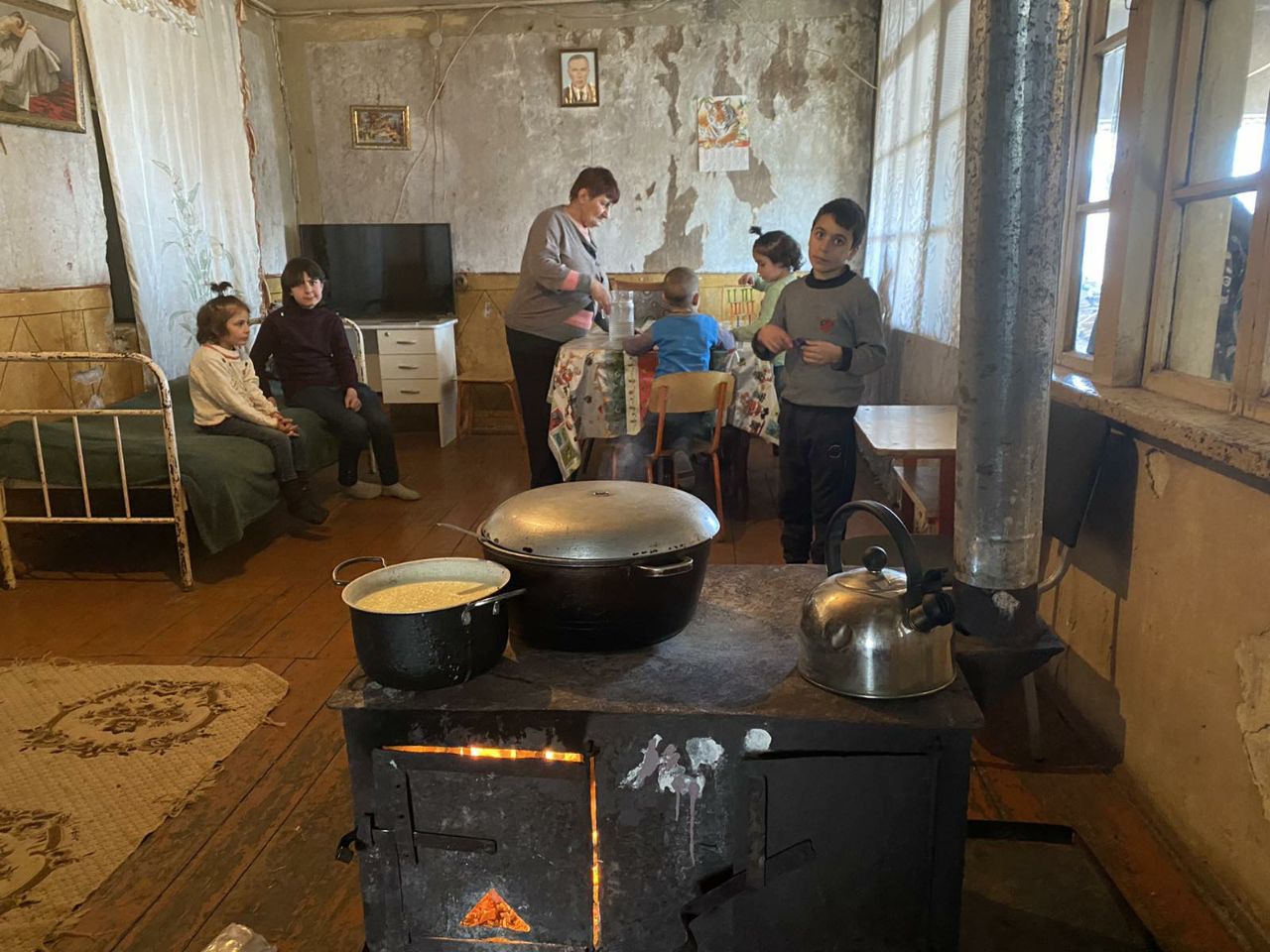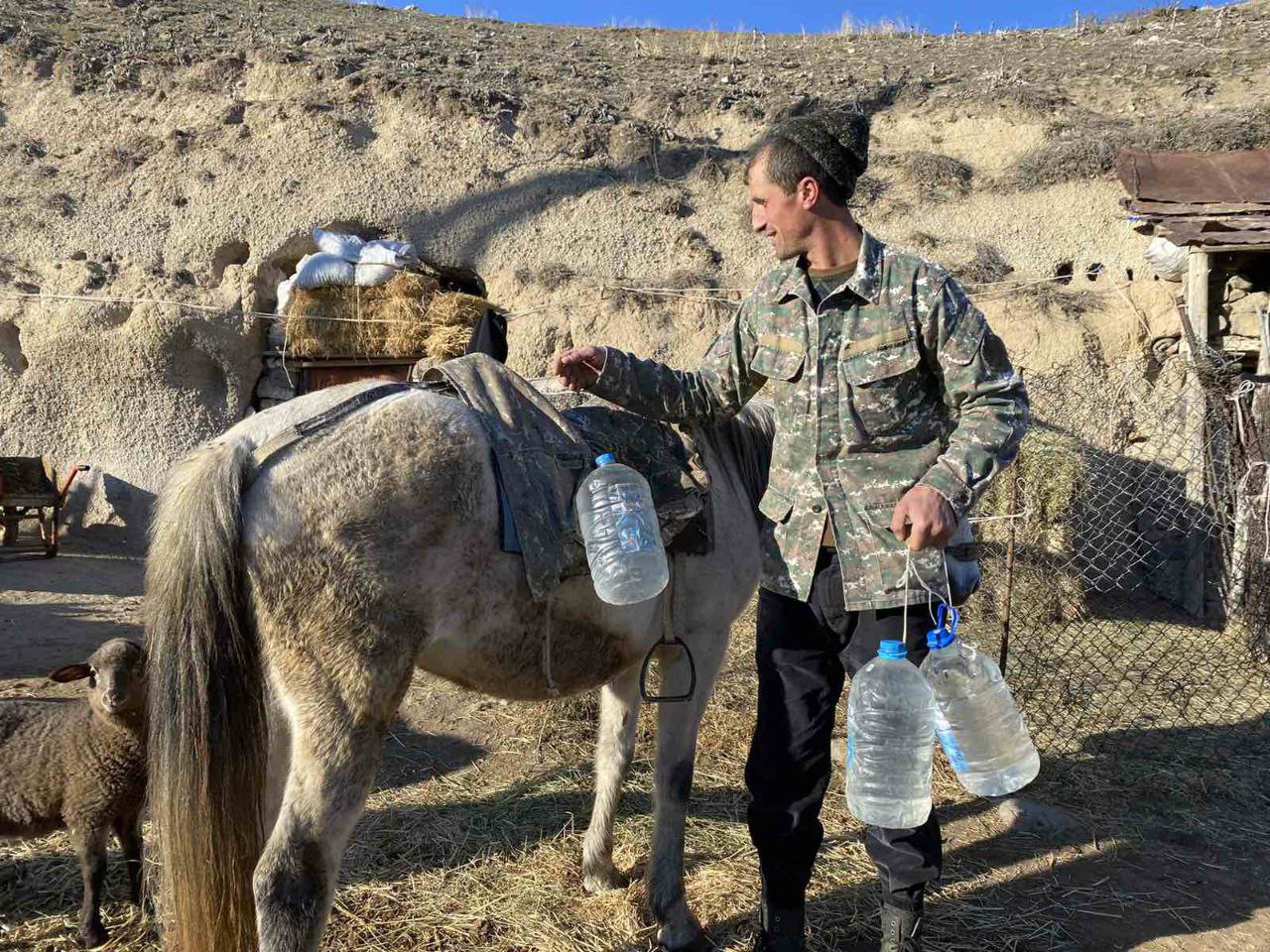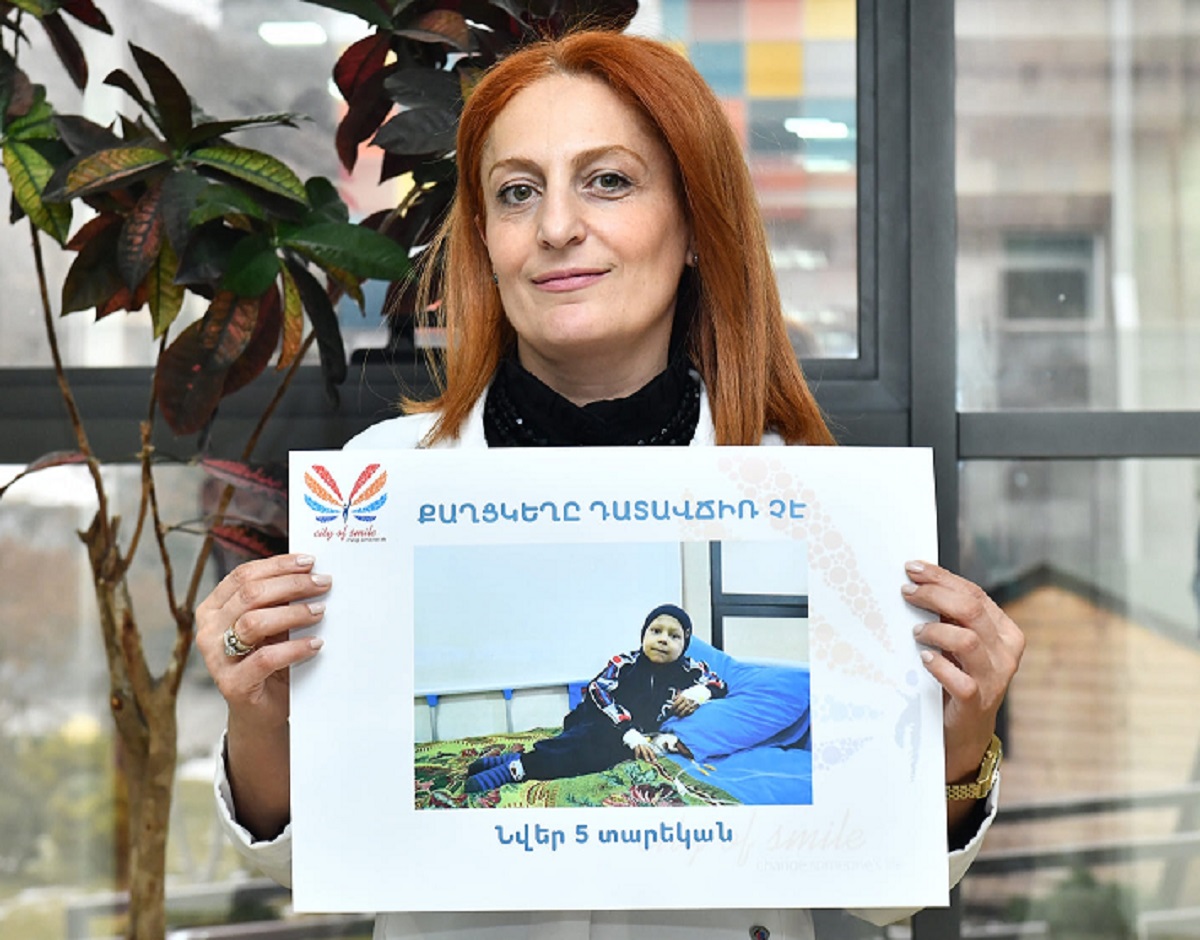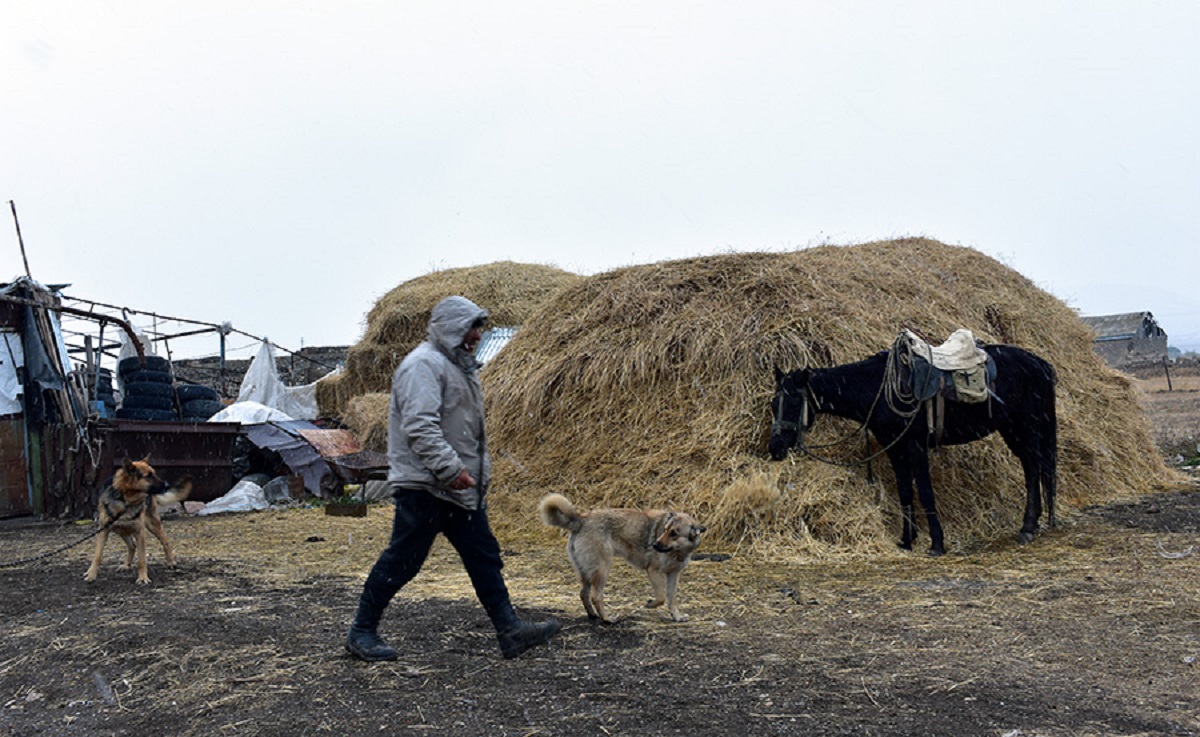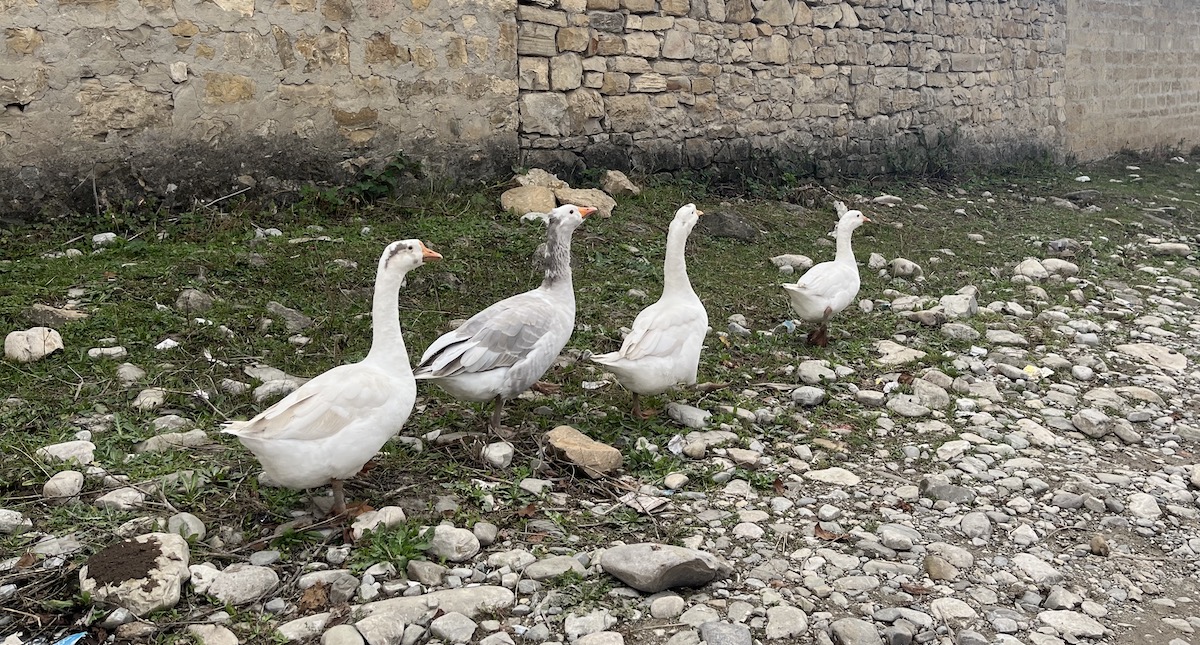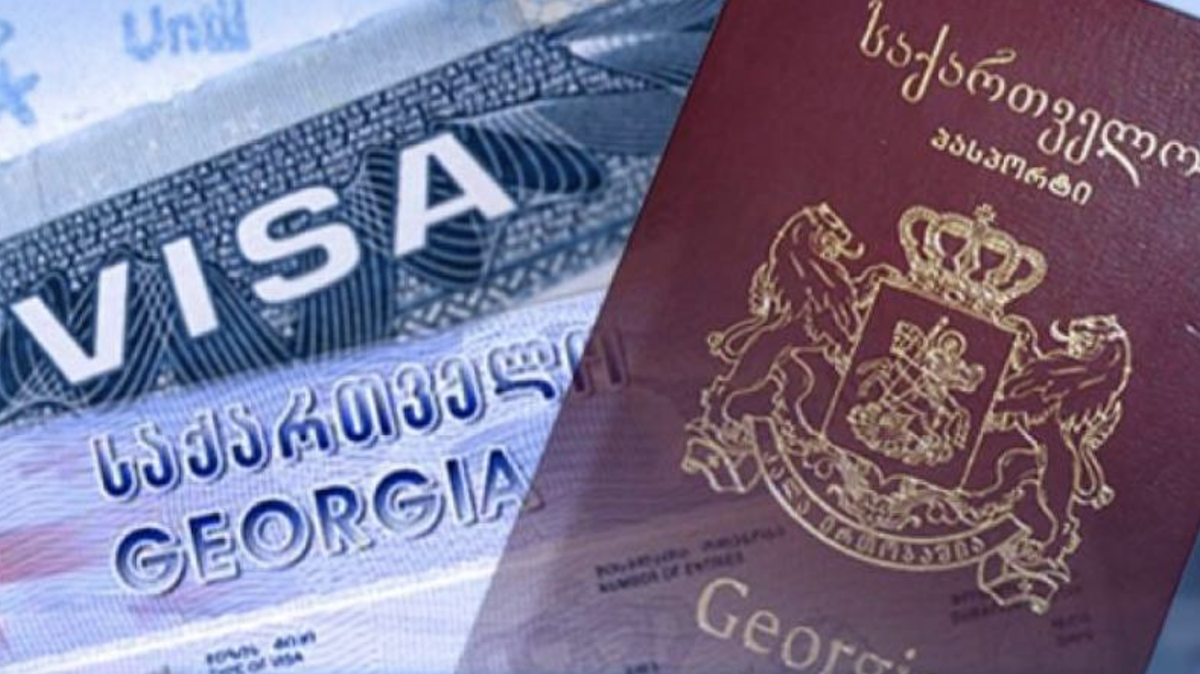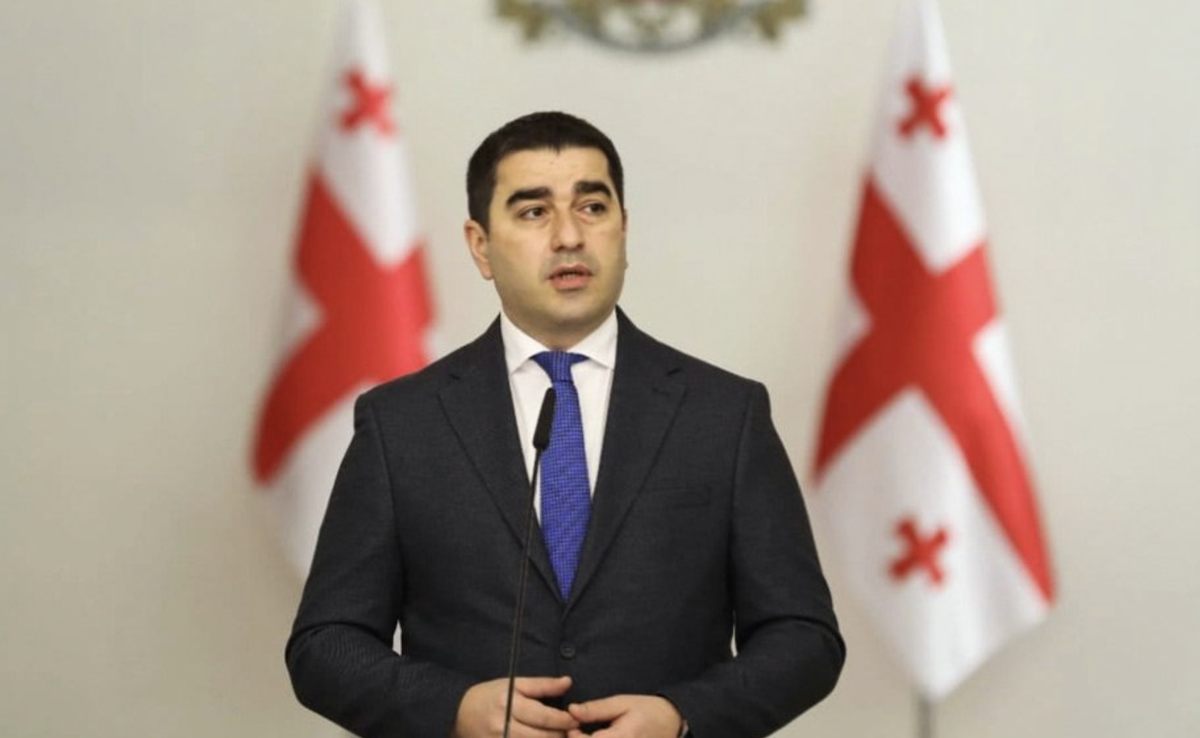Selective abortions in Armenia
Selective abortions on the rise
In Armenia about 80,000 girls have not been born over the past 30 years due to selective abortion, according to Minister of Health Anahit Avanesyan.
“In order to have a healthy and stable society, we need the sex ratio of newborns to be natural, without any artificial interference. We see the catastrophic demographic consequences that have occurred in other countries, and we do not want a repeat of this situation in our country,” she said.
According to the minister, until 2020 an improvement in this respect was observed in Armenia, but after the Karabakh war the situation changed.
- Armenia facing critical depopulation: selective abortions, war, and Covid-19 pandemic
- Abortion ban in Abkhazia. “Is my child really more important to the deputies than to me?”
- In 90 seconds: Selective abortions leading to demographic crisis in Azerbaijan, Armenia, Georgia – 1000s of girls missing
- “Don’t cry – you can get pregnant again” – Georgian women on miscarriage
“I couldn’t make this decision alone and give birth to girls”
Forty-year-old Anna Mkrtchyan (name changed) regularly resorted to the help of doctors in order to terminate the pregnancies over twenty years of marriage, as her family expected her to give birth to a boy. The mother of two daughters, she herself dreamed of having a son. But the dream came true only years later after numerous abortions and consequent health problems.
Now Anna recalls these events with regret:
“But then, many years ago, I could not make such a decision alone and give birth to girls. My husband and mother-in-law were against it, they needed a boy, a son, a successor to the family, who would preserve his father’s legacy.”
Statistics
Due to selective abortion, the gender imbalance of newborns in Armenia has been far from international norms for many years.
According to the 2021 Global Gender Gap Report, this figure in Armenia is the highest in the region. Among 153 countries, Armenia is at 98th place, Georgia 74th, Azerbaijan 94th.
According to local statistics, the highest level of gender imbalance in Armenia was in 2000, with 120 boys per 100 girls.
In subsequent years this figure gradually decreased, reaching a ratio of 110 boys to 100 girls in 2020.
In post-war 2021, the lowest rate in recent years was recorded — 109 boys per 100 girls.
But in 2022, the gender imbalance of newborns in Armenia widened again, with 112 boys per 100 girls, whereas the sex ratio of newborns globally is 104-106 boys per 100 girls.
What exactly caused the growth of the gender imbalance index in 2022, experts cannot yet say.
“According to the data of 2022, we have a regression, the reasons for which have not yet been investigated,” the Ministry of Health responded to a request from JAMnews.
Demographer Artak Markosyan says the 2022 regression was unexpected:
“Since 2014 the gender imbalance index has been gradually, smoothly decreasing and has come close enough to international standards. I think the gap between 2021 and 2022 is impressive. And although now it is difficult to talk about all the reasons that led to such figures, I think the growth was due, among other things, to selective abortion.”
Expected result for 2023 i’elusive’
The Ministries of Health and Welfare are jointly undertaking a program to prevent discriminatory fetal sex selection for 2020-2023. It indicates the expected result of the sex ratio of newborns of 107 per 100 by 2023. Based on figures for 2022, the Ministry of Health believes that this indicator is “difficult to achieve”.
Zaruhi Tonoyan, Program Coordinator of the UN Population Fund’s Combating Gender Discrimination Program also considers this unrealistic:
“Unfortunately, we are seeing an increase in the gender imbalance index, and I do not think that we will be able to reach the ratio of 107/100. If we can return at least to the numbers of 2021, this will be a good result.”
In 2022, with the support of the European Union and the United Nations Population Fund, a study was conducted on the reasons for the “discriminatory choice of the sex of the fetus in Armenia”. And it turned out that the number of people who prefer the birth of boys has increased dramatically.
While in 2017, according to the results of a similar study, 38% of respondents said that people in their environment prefer boys, and in 2022 this figure was 53%.
Why do Armenians prefer boys?
In the same 2022 study, when asked why sons are preferred in the family, respondents answered:
91% – “the son is the successor of the family”,
83% – “the son is the defender of the motherland”,
67% – “the son is the heir to the property.”
According to a similar study in 2017 by the United Nations Population Fund:
64% – “the son is the successor of the family”,
33% – “son is the heir to property”,
17% – “the son is the defender of the motherland.”
Experts associate the increased percentage of justification “the son is the defender of the motherland” with the war of 2020 and security problems on the border of Armenia that followed it.
“Although we have had security problems for the past 30 years, since 2020 they have worsened. I suppose that this is the reason for the higher rating of male children as defenders of the homeland,” says Zaruhi Tonoyan, Program Coordinator of the United Nations Population Fund.
“Security issues certainly had a major impact on more people responding this way. On the other hand, I think that the post-war emotional background could also contribute to this,” says demographer Artak Markosyan.
Only in Yerevan they treat the birth of boys and girls equally
According to the results of the study, in the Gegharkunik region preference was given to boys (33% of respondents).
Tavush region is the only one where families want more daughters (17%) than sons (13%).
In Yerevan, these figures are equal — 12% for girls and boys.
In 2022, the number of people giving equal preference to children of different sexes has sharply decreased compared to 2017.
“In 2017 56% of respondents gave equal preference to boys and girls, but in 2022 this figure fell to 36%,” Zaruhi Tonoyan says.
What can be done?
Demographer Artak Markosyan believes that if the gender imbalance grows in 2023, a serious study will need to be carried out:
“First you need to understand the reasons, then try to find solutions to reduce this imbalance.”
According to Zaruhi Tonyan, the problem should be attacked at the social level:
“We must emphasize the role of girls in society and in the family. We will not have a problem of preference only when our way of thinking changes and the importance of the child is not determined by gender.”
According to her, many state and international programs are currently underway, but:
“There is a need to introduce more precise monitoring and evaluation mechanisms at the national level, so that these actions can be properly monitored and their effectiveness evaluated.”
She also emphasizes the role of educational programs, the need for close work with primary health care workers, and media and information campaigns.
Follow us – Twitter | Facebook | Instagram
The number of selective abortions is on the rise











